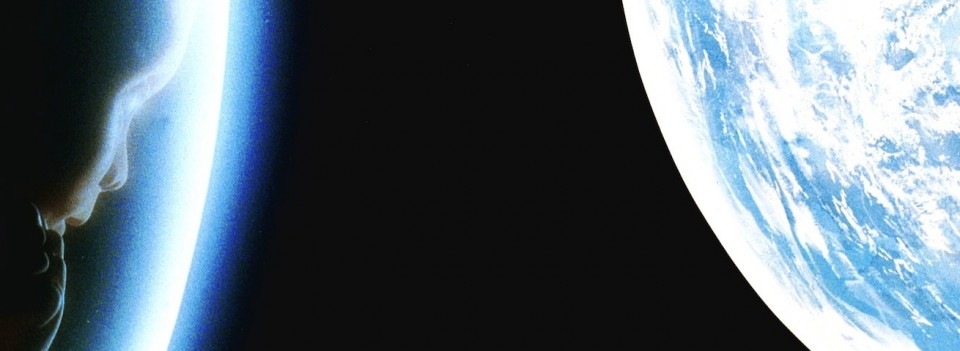Tags
Blind swordsman, Japanese film, Masseur, Mikiko Tsubouchi, Revenge, Samurai, Sensei, Shintarô Katsu, Yakuza, Zatoichi
Original title: Shin Zatôichi monogatari
D: Tokuzô Tanaka / 91m
Cast: Shintarô Katsu, Mikiko Tsubouchi, Seizaburô Kawazu, Fujio Suga, Yutaka Nakamura, Mieko Kondô, Tatsuo Endô, Kanae Kobayashi
Following on from the events of The Tale of Zatoichi Continues (1962), New Tale of Zatoichi sees the blind masseur returning to his home village, there to find some peace after the showdown with his brother, Yoshiro. Zatoichi (Katsu) is in a melancholy mood, and as reluctant to fight as ever, but it’s not long before he’s challenged by Yasuhiko (Suga), the brother of Boss Kanbei, who Zatoichi killed in the previous movie. They fight, but it’s interrupted by the appearance of Zatoichi’s sensei, Master Banno (Kawazu). Banno makes Zatoichi a guest at his training school, and introduces him to his younger sister Yayoi (Tsubouchi); she is meant to marry a samurai called Mooroke but has no love for him. Her brother, meanwhile, is conspiring with a band of thieves called the Mito Tengo. They plan to kidnap the son of a local businessman and hold him to ransom.
A bond develops between Zatoichi and Yayoi, one that leads to her falling in love with him. She asks that he marry her and after confessing his past sins to her, and being forgiven for them, Zatoichi agrees and tells her he will renounce his old ways, including his sword fighting, in order that they might have a peaceful life together. At that moment, Yasuhiko calls on Zatoichi to finish their duel. He begs for mercy, leading Yasuhiko to devise an alternative plan for settling the issue between them: a throw of the dice – if Yasuhiko wins, Zatoichi will lose his right arm. Zatoichi does lose, but Yasuhiko takes pity on the couple and lies about the result. Later, Yayoi tells Banno of her love for the blind masseur, but her brother rejects her entreaties and tells Zatoichi to leave.
The kidnapping goes ahead as planned but Zatoichi becomes aware of Banno’s involvement, as does Yayoi. He saves the businessman’s son, and faces off against the Mito Tengo. He must then face Banno, knowing all the while that it will mean the end of his relationship with Yayoi.
The third entry in the series, New Tale of Zatoichi retains the usual themes of betrayal and redemption, and adds the prospect of a romantic, settled future for our wandering hero. If this had been the last in the series, such an ending might have been entirely appropriate, but the increasingly rootless nature of Zatoichi’s existence precludes such a conclusion (that and the success of the series so far). He’s a tragic figure, always seeking a peaceful existence but doomed to a life of violence. He’s also increasingly unlucky, both in love, and with his closest male relationships: first his brother betrays him, then his sensei. With Fate proving so ineluctable, Zatoichi can only struggle on, hoping that his continued loneliness will eventually come to an end (though his love for Yayoi appears to be the closest he’ll come to achieving that). It’s the kind of depth you don’t often find in a long-running series, and the fact that the makers have strived to maintain these themes throughout the series so far, is refreshing to watch.
Of course, such a wonderful character needs a wonderful actor, and once again Katsu puts in an incredible performance, his tender, compassionate nature seemingly at odds with his more aggressive abilities, but combining to paint a portrait of a man whose dual nature makes him so fascinating to watch. It’s a beautifully modulated achievement, the quiet power of his scenes with Tsubouchi holding the audience’s attention like a vice, their characters’ mutual desire for happiness – against all the odds – breathtaking in both its painful longing and its simplicity. That a movie which is essentially known for its fight scenes and good versus bad scenario can take the time to focus on its main character’s attempts to find joy, and make those scenes even more gripping than the rest, is truly impressive.
The first in the series to be filmed in colour, New Tale of Zatoichi doesn’t opt for a bright, colourful palette but settles instead for a dark-hued colour scheme that befits the subdued, sober approach to the material. (In comparison with the first two movies, which were shot in dazzling black and white, this entry doesn’t look half as good.) Behind the camera, director Tanaka retains many of the visual motifs used before, and encourages good performances from all concerned, especially Tsubouchi as Banno’s tender-hearted sister, the scene where she declares her love for Zatoichi demonstrating her skill at portraying someone whose yearning for happiness means everything. Suga too gives a good portrayal of a vengeful samurai out-manoeuvred by love. And there’s a terrific score by Akira Ifukube that complements both the emotional and the dramatic scenes, and is consistently rewarding.
Rating: 8/10 – another beautifully realised entry in the series, and one that reconfirms the care and attention that goes into each movie; more emotionally powerful than the first two movies, New Tale of Zatoichi takes its time with its characters, and this care pays off in dividends making the movie that rare beast: a second sequel that is as good as its predecessors.



Pingback: New Tale of Zatoichi (1963) | wuxiacinema